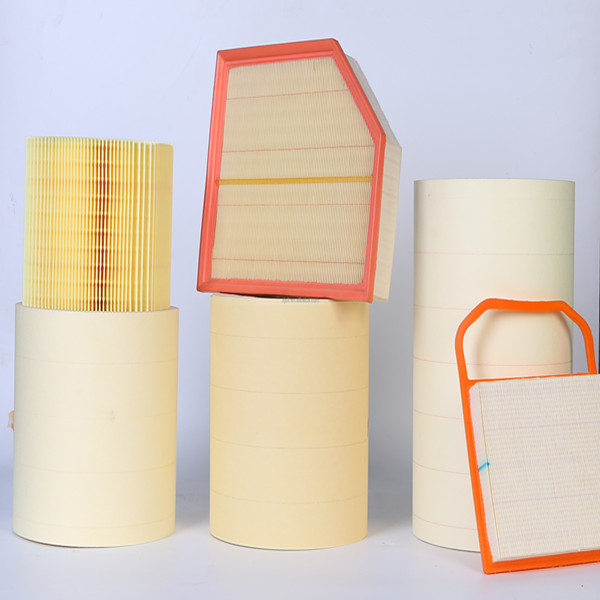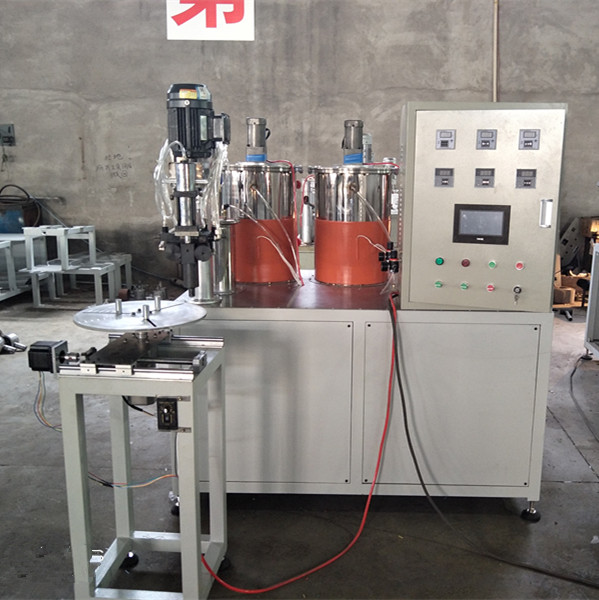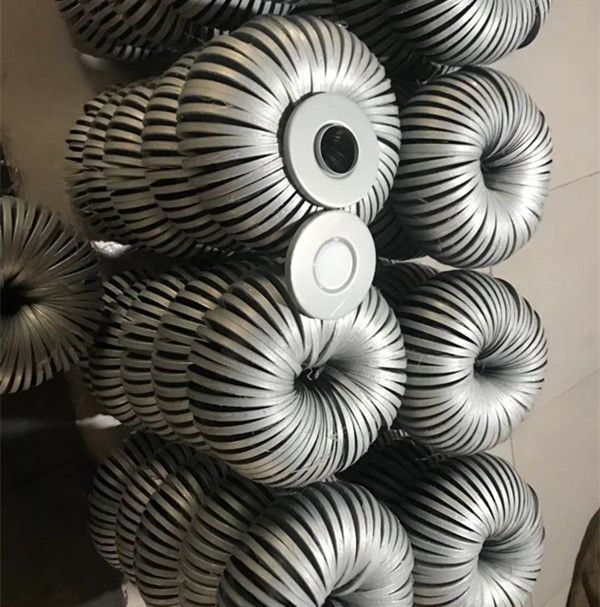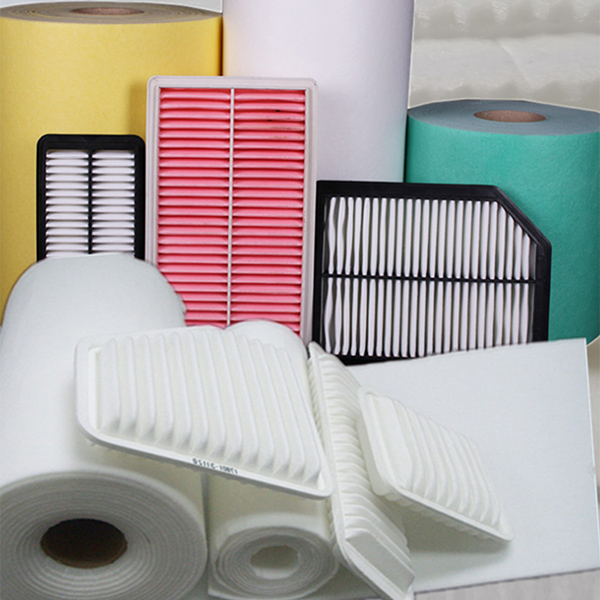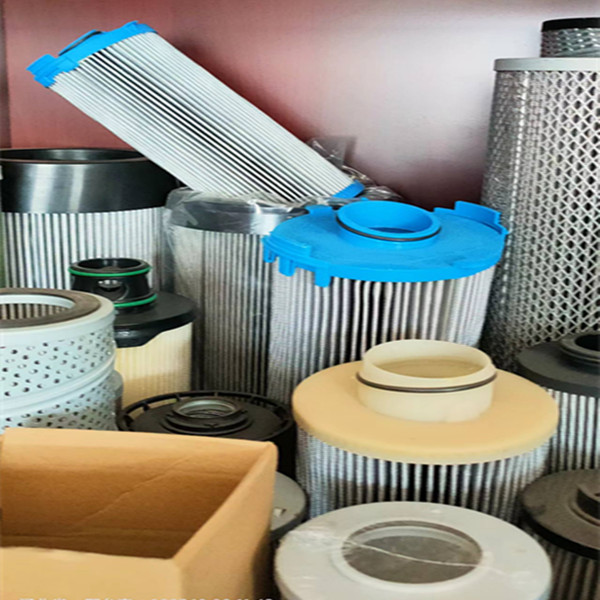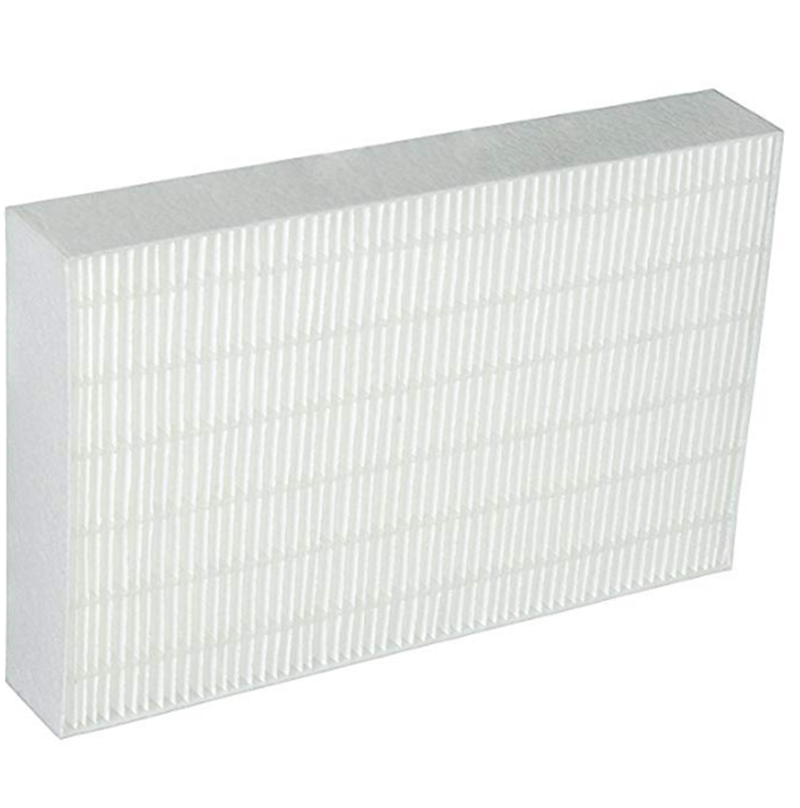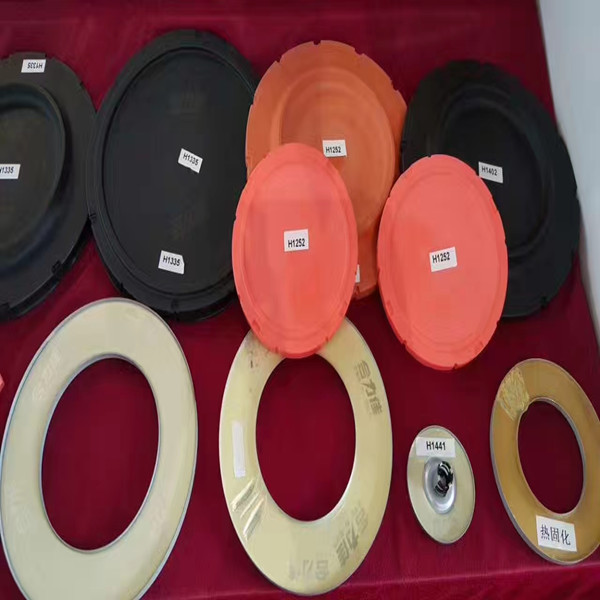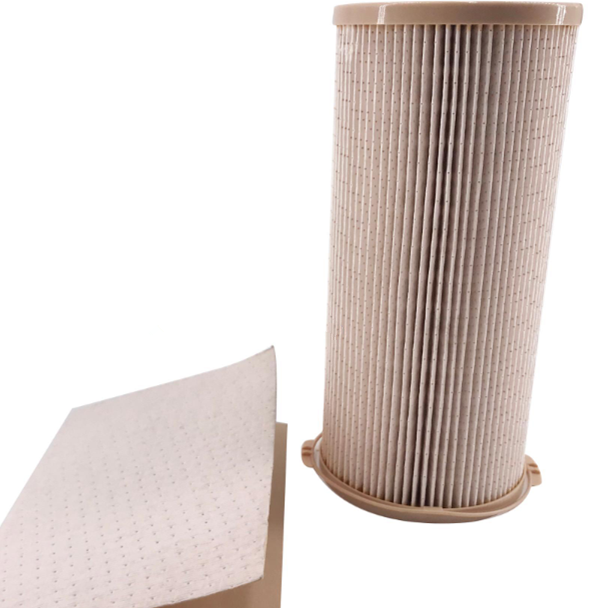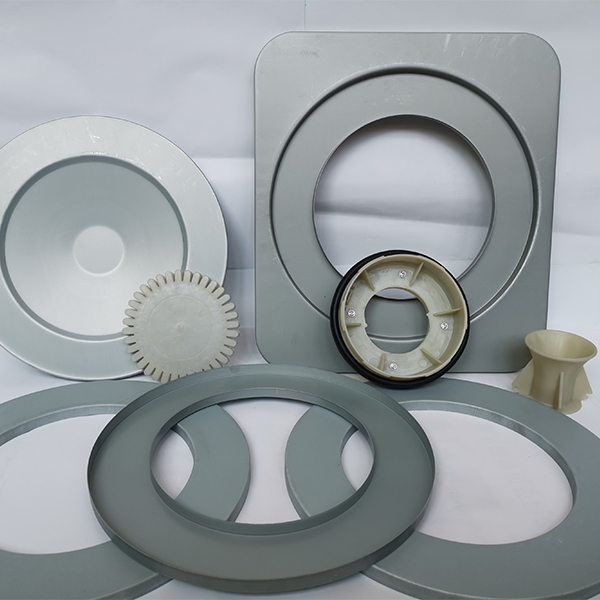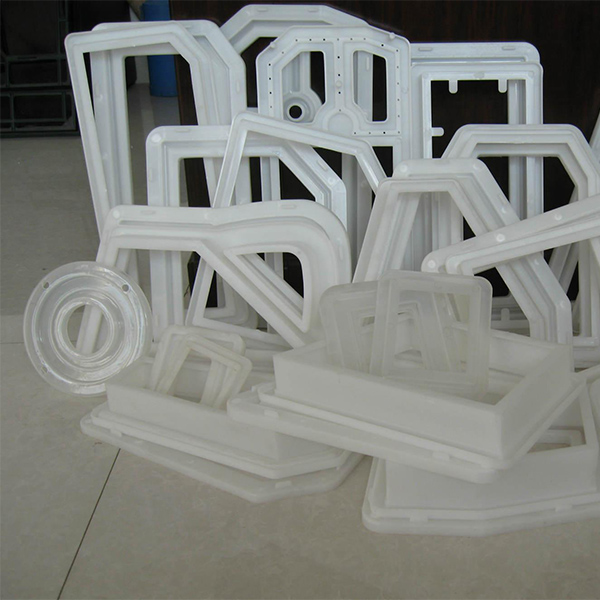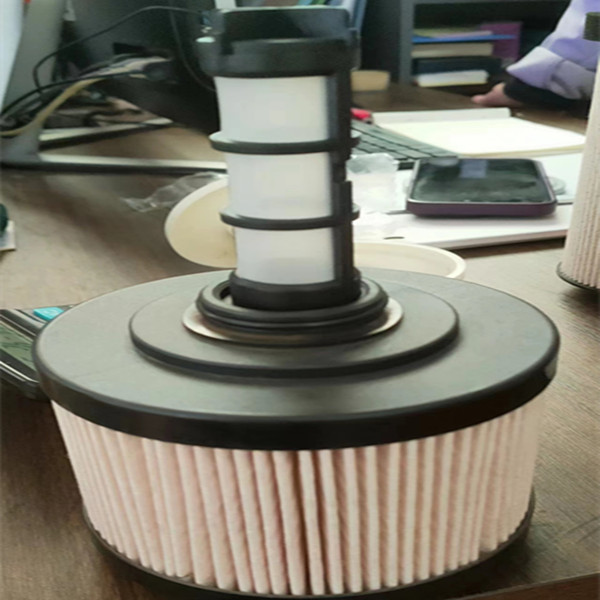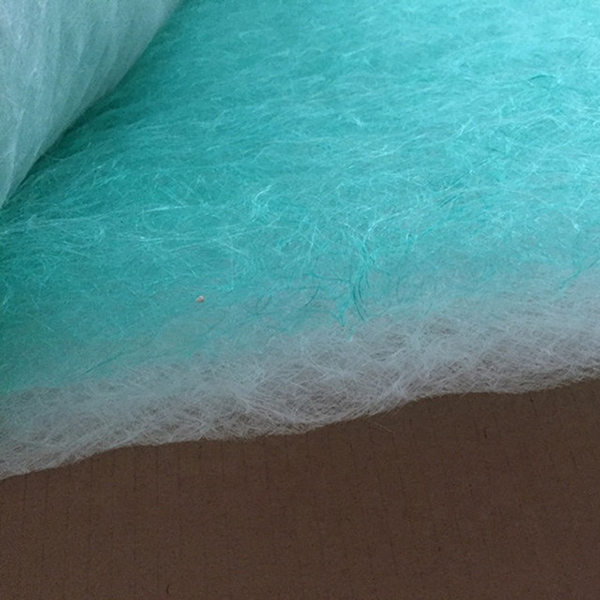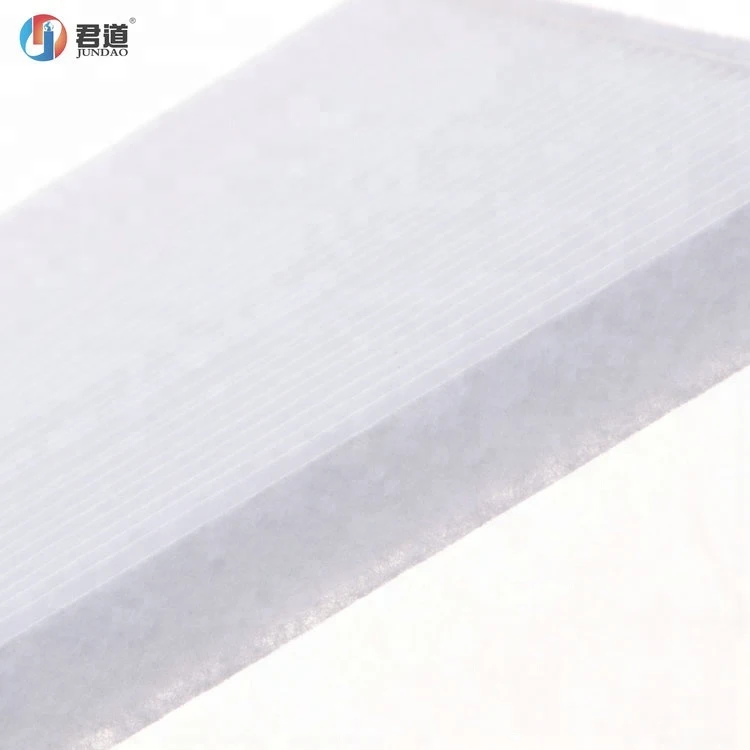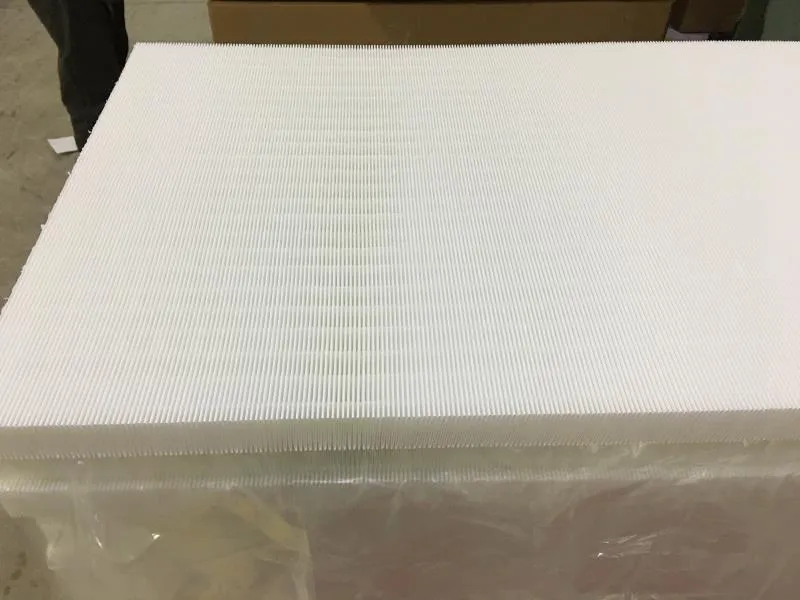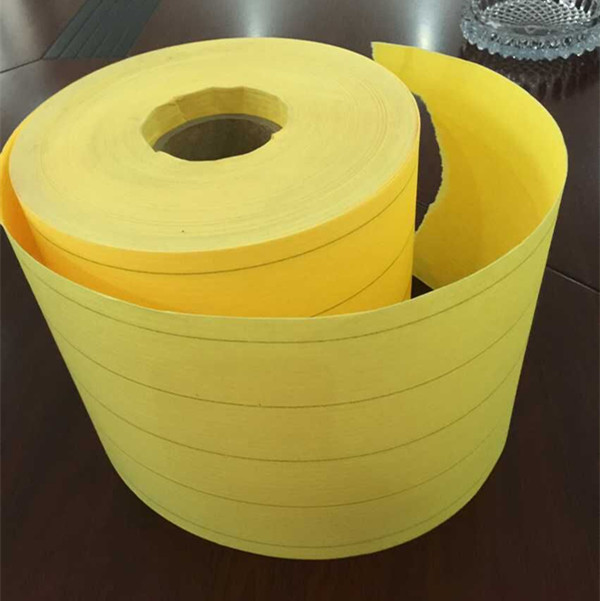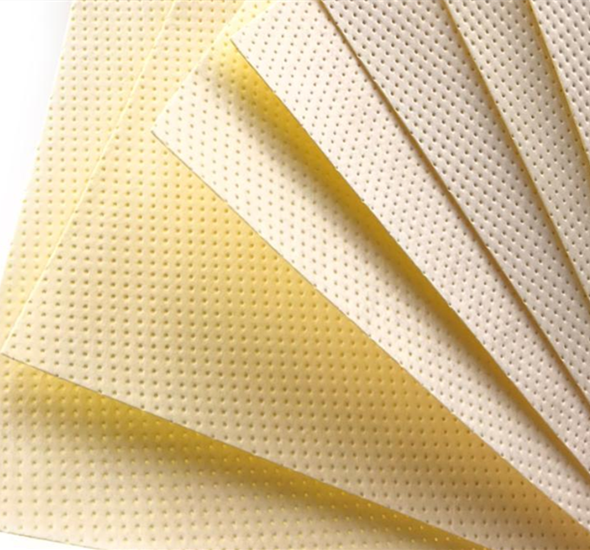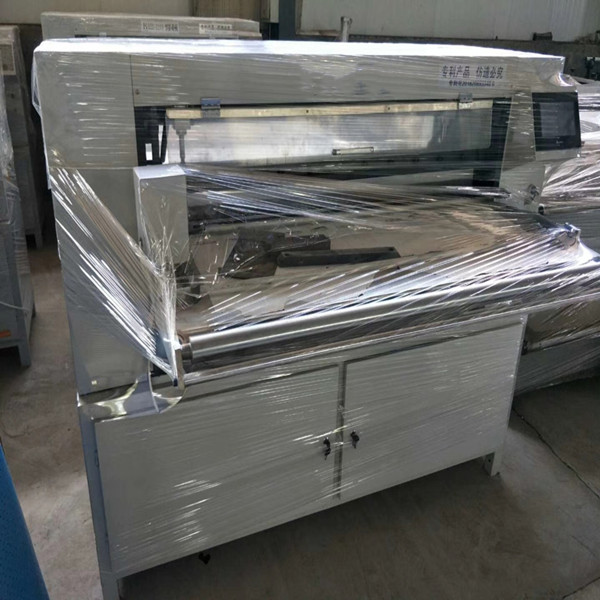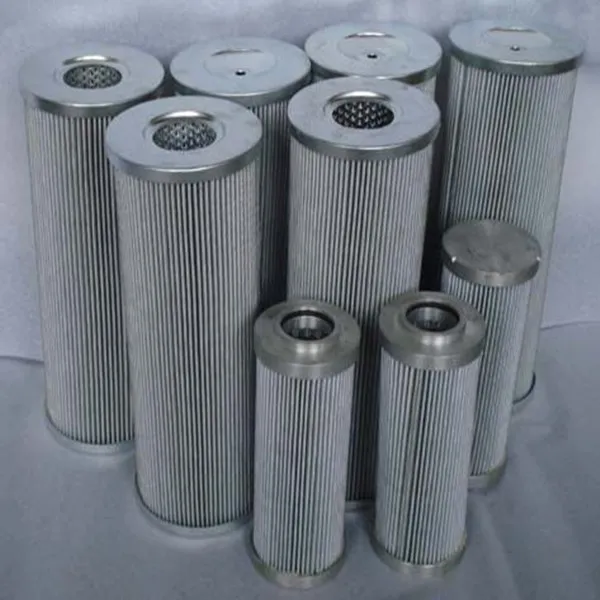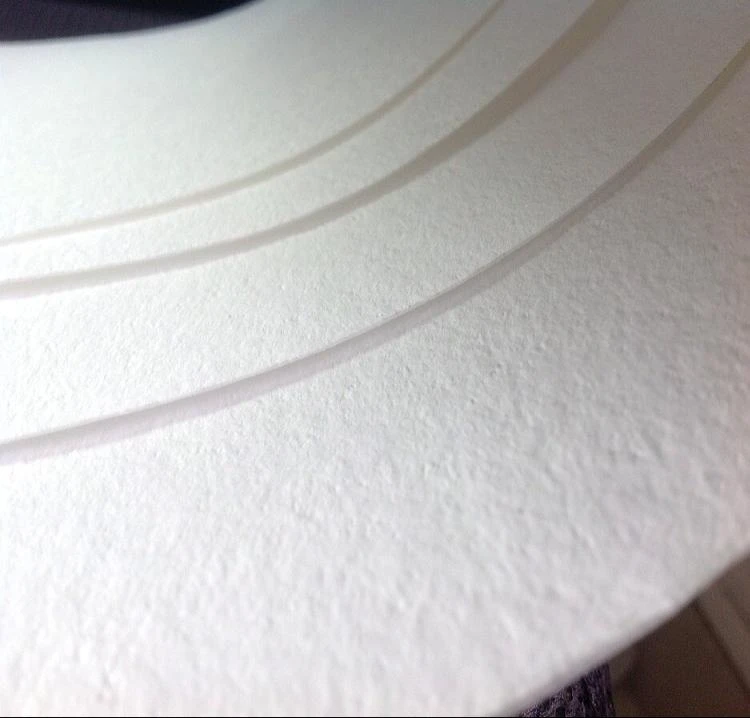Garraio publikoa ezkutuko arrisku gune berri bat bihurtu da koroaren pneumoniaren infekzio berrirako, eta transmisio arriskua handia da. Autobus, taxi eta metroko garraioak eragindako transmisio eta gaixotasun kasu asko izan dira. Epidemiaren prebentzio eta kontrol aldian, garraio arloan epidemiaren prebentzioa eta kontrol kudeaketa indartzeaz gain (eserlekuen tartea, txartelen salmenta murriztea, etab.), eta garraio publikoan birusak transmititzeko arriskua murrizteaz gain, gidatzea bidaiatzeko modu seguruena bihurtu da.
Baina benetan alferrikakoa al da autoz bidaiatzea?
Izan ere, nahiz eta auto pribatu bat gidatzea eraginkortasunez murrizten duen pneumonia koronario berria duten pazienteekin harremanetan jartzeko probabilitatea metroekin eta autobusekin alderatuta, baina autoa bera ingurune itxia denez, bidaiariak kutsatutako pertsona bat duenean, kutsatuta egon zaitezke. Sexua ere asko handitzen da. Hori dela eta, neurri batean gidatzea garraiobiderik seguruena den arren, ez ditugu alde batera utzi behar ibilgailua gidatzen denean beharrezko babes neurriak. Hemen aipatutako segurtasun neurriez gain, harreman estuak murriztu eta maskarak janzten jarraitu behar dugu oraindik. Iturburutik kotxe itxi batean birusaren aire-transmisioaren probabilitatea handitzeko arazoa nola konpontzea merezi du aztertzea, hori ez baita epidemia garaian bakarrik. Segurtasun neurriak kontuan hartu behar ditugu. Epidemiatik kanpo, autoen barruko airearen kalitatea ere oso lotuta dago gure osasunarekin eta erosotasunarekin.
How to improve the air quality in the car? In-car air quality has always been the focus of consumers’ attention. The new car quality research (IQS) report of the world’s authoritative research organization J.D. Power shows that car interior odor has become the first dissatisfaction in the Chinese market for many years. The main factors affecting air safety in the car are: 1. Air pollution outside the car. Car exhaust, PM2.5, pollen and other harmful suspended particles sneak into the car through the car window or air conditioning system. 2. Interior materials. There are a large number of non-metallic parts that are easy to volatilize in the car, such as plastic door panels, leather seats, and damping panels. There are 8 common volatile organic compounds in vehicles, and clear limits are given for these 8 substances in the national standard GB/T 27630-2011 “Guidelines for Air Quality Evaluation of Passenger Cars”. Serial number project Restriction requirements (mg/m³)
1 benzene ≤0.11
2 Toluene ≤1.10
3 Xylene ≤1.50
4 Ethylbenzene ≤1.50
5 Styrene ≤0.26
6 formaldehyde ≤0.10
7 Acetaldehyde ≤0.05
8 Acrolein ≤0.05
In order to solve the peculiar smell in the car and improve the air safety in the car, it is necessary to increase the cycle purification link in the closed car environment, and there is no doubt that the car air conditioning filter has become an important responsibility. The car air conditioner provides the original power for the exchange of indoor and outdoor air, but in order to satisfy the purification of the indoor circulating air, the outdoor air enters the car after being filtered. The filter becomes an essential artifact for the car owner! The small body shows great power, creating a safe and reliable space in the car, allowing car owners to enjoy healthy breathing at all times. Editor’s reminder: In order to avoid secondary pollution of the car air conditioner filter, generally speaking, it should be replaced after two to three months of use (the specific replacement frequency can be considered according to the actual frequency of use)

